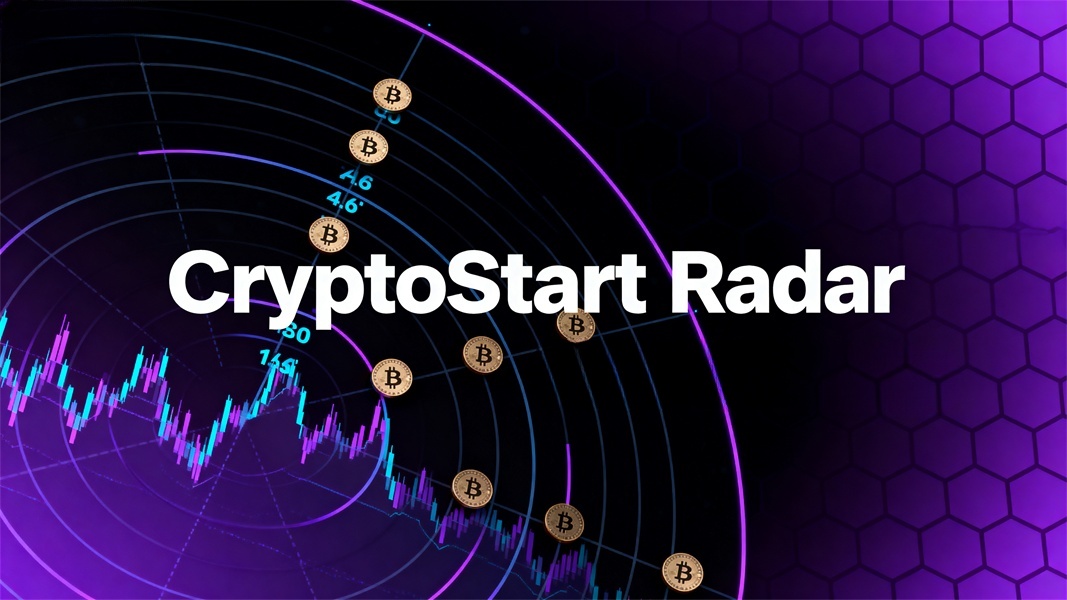In the cryptocurrency ecosystem, a “Crypto Trading Game” refers to a category of interactive products centered on simulated or lightweight trading. It combines the rules of cryptocurrency trading with gamification mechanisms, allowing users to experience trading processes in an environment free from real financial risks, or to gain entertainment and learning value through strategic competition. Unlike real cryptocurrency trading, such games typically use “simulated funds” or “in-game virtual tokens,” with a core positioning as “educational tools + entertainment carriers.” They are suitable not only for beginners to learn the basics but also for ordinary users to satisfy their curiosity and experience needs regarding cryptocurrency trading.
From a classification perspective, the current mainstream Crypto Trading Games can be divided into three major types, covering different user needs:
- Simulated Trading Type: This is the most common type, with the core feature of “1:1 replication of the real market.” The game synchronizes real-time prices of mainstream cryptocurrencies (such as Bitcoin and Ethereum) and provides users with initial “simulated funds” (e.g., $100,000 in virtual principal). Users can perform operations like buying, selling, dollar-cost averaging, take-profit, and stop-loss just as they would on a real exchange. The system calculates data such as return rates and rankings. For example, some platforms launch “cryptocurrency simulated trading competitions,” where users can compete for virtual badges or physical rewards based on their return rates. This type is ideal for beginners with no trading experience to familiarize themselves with the process.
- Strategic Competition Type: This type focuses more on “strategic gameplay,” downplaying real-time price fluctuations while emphasizing gameplay design. Such games set fixed scenarios (e.g., “bear market risk avoidance challenge” or “altcoin speculation simulation”). Users need to develop trading strategies based on in-game market information (such as policy news and project announcements), and the outcome is determined by the profitability of their strategies. Some products also incorporate features like “team trading” and “strategy sharing” to enhance social interaction, making them suitable for users who enjoy competition and engagement.
- Educational Popularization Type: With “knowledge dissemination” as its core, trading operations serve only as a supplement. Through level-based design, the game guides users to learn cryptocurrency basics (such as blockchain principles, exchange rules, and candlestick chart interpretation). Users can only proceed to the next trading operation after passing knowledge assessments. For instance, in a “beginner trading checkpoint” game, the first level teaches “what market orders and limit orders are,” and after passing the assessment, users complete a corresponding operation with simulated funds. This helps users learn while playing, lowering the learning threshold.
The core value of Crypto Trading Games lies in addressing two major pain points for ordinary users when approaching cryptocurrency trading:
On one hand, reducing trial-and-error costs. Real cryptocurrency trading involves high price volatility, high fees, and risks of operational errors (such as private key loss or incorrect address entry). Beginners often suffer losses due to unfamiliarity with the rules. However, the simulated environment in games requires no real financial investment, allowing users to practice trading skills repeatedly, test strategies, and decide whether to enter the real market only after accumulating experience.
On the other hand, improving cognitive efficiency. Traditional cryptocurrency knowledge is mostly presented in text or video formats, which can easily lead to misunderstandings. Games use “immersive operations” to help users intuitively understand how “candlestick fluctuations affect profits” and the “actual role of take-profit and stop-loss,” transforming abstract knowledge into concrete experiences. This is particularly suitable for a broad audience with limited financial knowledge.
However, users still need to be aware of potential risks when participating:
- Distinguishing between virtual assets and real value: Some games package “in-game tokens” as “redeemable for real cryptocurrencies,” which may actually carry fraud risks. Users should be alert to deceptive practices such as “recharging to unlock high returns” or “inviting friends to redeem tokens,” and clearly understand that in-game assets have no real circulation value.
- Compliance issues: Regulatory policies for cryptocurrency-related products vary across countries and regions. Some regions prohibit such simulated trading games (especially when “profits can be redeemed for real assets”). Users must verify the qualifications of the game operator to avoid participating in non-compliant platforms.
- Misleading from over-gamification: The design of “quick profits” and “simplified risks” in games may make users overlook the complexity of real trading. Users should rationally view the difference between game experiences and the real market, and not directly apply game strategies to real trading.
- Personal information security: Some games require account registration and binding of email addresses or phone numbers. Users should choose formal platforms to avoid leaking personal information or being tricked into downloading malicious software.
Overall, Crypto Trading Games serve as a “friendly bridge” connecting ordinary users with cryptocurrency knowledge. Their core value lies in education and entertainment, rather than encouraging speculation. Users can use such games to learn trading rules and improve financial literacy at low cost, but they must always remember that “games ≠ the real market,” participate rationally within the framework of compliance, and avoid being misled by false promotions.

